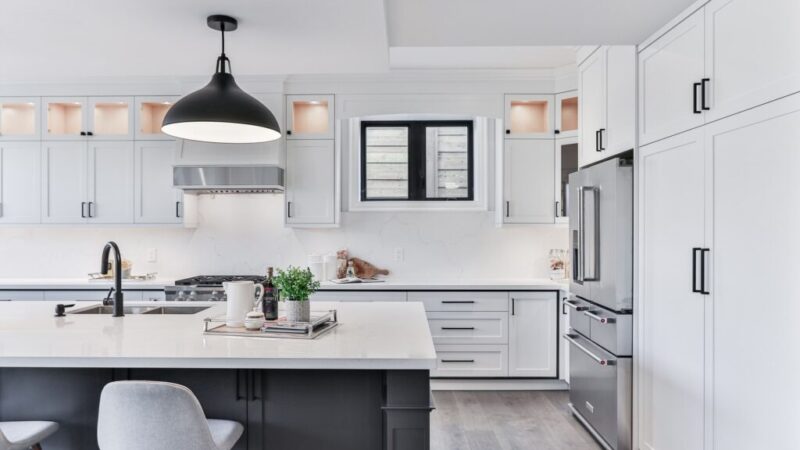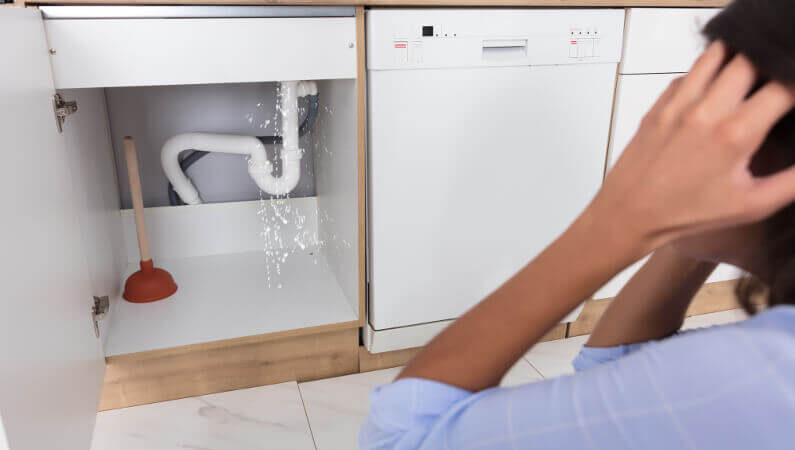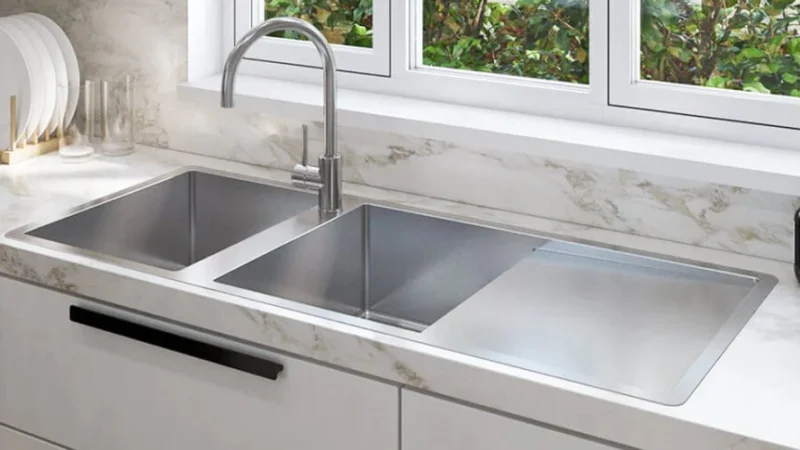How to Light a Gas Wall Heater

Many homes use gas wall heaters, which are quite popular nowadays. However, starting these gas wall heaters can sometimes be a bit tricky. Electric heaters are easy to turn on, but gas heaters require following certain steps. In this article, we will discuss wall heaters and how to light a gas wall heater:
Gas wall heaters can use natural gas or propane and come in two types: vented and ventless. Vented ones can be mounted on the wall or installed between the studs, while ventless ones can be infrared or blue flame and be on the wall or freestanding.
No matter the type, they all need a pilot light to start. Most new heaters have a button to spark the pilot, but older ones might need a match.
Here’s how to light a pilot with a match:
- First, turn the gas control to “pilot,” then press and hold it while lighting the pilot flame.
- Keep pressing for a bit after the flame starts to let the thermocouple warm up.
- The thermocouple is a safety part that keeps the gas valve open when the pilot flame is on.
- If it’s old and worn out, you might need to replace it if the pilot keeps going out.
Keep reading to learn how to light a gas wall heater.
Common Reasons Your Wall Heater Isn’t Turning On
- Check Your Air Filters: If your air filter is dirty, it can block the airflow, causing your heater to malfunction. To fix this, clean the filter or get a new one. Also, make sure your home’s vents are open and not obstructed.
- Inspect the Heater Switch: For your wall heater to work, the switch on it, whether it’s a gas or electric heater, needs to be in the ‘ON’ position. Be sure to double-check this switch.
- Set Your Thermostat: Your thermostat should also be turned ‘ON.’ If your thermostat has an “auto” or “heat” mode, increase the temperature to the highest setting and give it a few minutes to kick in.
- Examine the Pilot Light: A faulty or dirty pilot light can prevent your gas furnace from starting. While it’s typically best to get professional help for this, if you feel confident, you can attempt to fix it. Remember to turn off the power and gas to the furnace before you start.
- Verify the Gas Supply: Make sure your heating unit is properly connected to the gas supply and is receiving gas. You can confirm this by checking that the gas control valve is in the “ON” position.
Things You’ll Need to Light a Gas Heater
- Flashlight
- Long-reach lighter
How to Light the Pilot on a Gas Heater
Step 1: Find the Gas Control and Pilot
- For ventless heaters that are on the wall or freestanding, look for the gas control on the front or top of the heater. The pilot is usually in the middle at the bottom.
- If you have a vented wall heater or wall furnace, open the cover at the base of the heater to locate the control and pilot. The control knob is easy to spot, but you might need to look a bit for the hidden pilot orifice. Follow the smaller copper tube from the gas valve to find it. You may need a flashlight to see it well.
Step 2: Turn On the Gas
- First, make sure the gas control knob is turned all the way off (if it’s not off already). Wait for about a minute to let any leaked gas disperse.
- Now, turn the knob to the “pilot” position and push it in while holding it.
Step 3: Light the Pilot Flame
- Look for a button, usually red, near the gas valve. If you see it, press it repeatedly until the pilot flame starts.
- If there’s no button, you can light the pilot by holding a lit match or a long-reach lighter close to the pilot opening until the pilot flame ignites.
Step 4: Keep Holding the Gas Control
- Hold the gas control knob in for around five to 20 seconds, depending on your heater’s instructions. After that time, let go of the knob.
- If the pilot flame goes out, repeat the starting steps, this time holding the knob in a bit longer.
- If you can’t keep the pilot lit, it’s a good idea to have a professional technician check the thermocouple and replace it if needed.
Recommendation
Recommendation
How To Relight Your Water Heater’s Pilot Light
How To Clean A Wall-Mount Gas Heater
How to clean kitchen sink drain: A Step-by-Step Cleaning Tutorial
Can A Landlord Tell You How Clean To Keep Your House
Choice Home Warranty | Is It Top Choice in Home Warranties with George Foreman Endorsement?
Frequently Asked Questions
Q: Are Wall Heaters Safe?
A: Wall heaters can get very hot, reaching temperatures as high as 600 degrees Fahrenheit (about 315°C). This extreme heat can be dangerous because it can lead to fires if it touches household items. It also poses a risk of electric shock, especially for children and pets. Still, it’s important to note that, overall, wall heaters are generally safer than typical portable heaters.
Q: Do wall heaters use a lot of electricity?
A: Wall heaters typically use around 1,500 watts of electricity. This usage can be costly, especially when considering the relatively high cost of electricity, which is approximately 11 cents per kilowatt-hour (kWh) in the United States. To save money, it’s often more economical to use natural gas, propane, or oil for heating your home.
Q: Can a Wall Heater Cause A Fire?
A: Wall heaters can be a fire hazard in your home, even if they don’t have open flames, combustible oils, or gases. When using a wall heater, one of the biggest concerns is the risk of fire. Therefore, it’s essential to be cautious when using any kind of heater in your home.
Q: Can you light a gas heater with a lighter?
A: Yes, you can light a gas heater with a lighter. Many gas heaters, especially those with a pilot light, can be lit using a long-reach lighter or a match. However, it’s important to follow the manufacturer’s instructions and exercise caution when doing so, as working with gas appliances requires care to ensure safety. If you’re unsure about how to light your specific gas heater, it’s recommended to consult the appliance’s manual or seek professional assistance.
Conclusion
Gas wall heaters are popular for home heating but may require careful steps to start, especially older models with pilot lights. Lighting a gas wall heater involves finding the gas control and pilot, ensuring the gas control is off, lighting the pilot, and holding the gas control for a specific duration. Safety precautions are essential when using wall heaters due to their high temperatures and potential fire hazards. Additionally, wall heaters can be energy-intensive, so using alternatives like natural gas may be more cost-effective. Always exercise caution when using any type of heater.






